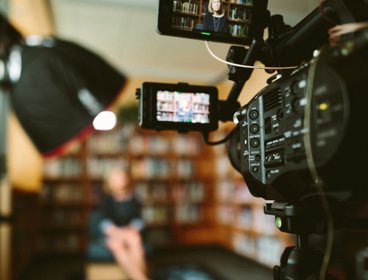By Laurie Parsons, Royal Holloway, University of London
Many projects have the capacity to speak to multiple audiences, to law and policymakers, the public and the media in turns, but planning these engagements from the start is key. Photographers and photojournalists make fantastic project partners, not only as communicators to be brought in at the close of a project, but as collaborators to be integrated into exploratory work. In one of my own projects, Blood Bricks, it was a photojournalist that first discovered the link between brick kilns and the garment industry in Cambodia: a finding that would become central to the project. His photographs, similarly, would be the driving force in a raft of global media coverage. Effective communication is, above all, about collaboration.
The implication of this is that thinking towards external communication has to happen not at the end, but at the start of a program of work, when decisions about partnership and collaboration are being made. Not all projects are well suited to photographs, but other methods are available. Working with artists, for example, can be a highly effective way of communicating even abstract ideas, by helping to bridge the gap in background knowledge between academia and the public. By the same token, geographers must not be afraid to tread beyond their favoured territory, bringing results into the world in the form of galleries, newspaper articles, industry or public events. Successful communication does not mean crafting one perfect message, but finding ways to tell a story in different ways to engage with different audiences.
This means, quite literally, stepping out of the ivory tower and into the world on its own terms, to play an active role in shaping it. It is a huge opportunity. And the bearish suspicion that many retain over public engagement makes it all the more so. In a world increasingly assailed by the interested vacuity of the post-truth era, the public and their policymakers are desperate for the kind of integrity and authority brought by academic voices. Collaborating towards communicating that voice is essential because the future, increasingly, lies outside Castilia. All that remains is for Geographers to grasp it.
Key points
-
Communication beyond the academy is an increasingly important part of an academic’s role.
-
Effective non-academic communication requires collaboration and partnership.
-
The same message can – and should – be communicated in multiple ways to reach different audiences.
Banner photo by The Nigmatic on Unsplash.
How to cite
Parsons, L. (2023) Photojournalism. Communicating research beyond the academy. Royal Geographical Society (with IBG) Guide. Available at: https://doi.org/10.55203/TFXT8982
About this guide
There’s a long tradition of geographers communicating research ‘beyond the academy’ - to policy, to publics, to young people, to school teachers - whether to recruit students, for career development, critical praxis and activism, or requirements of funders to document ‘impact’. Ten years ago we published the Communicating Geographical Research Beyond the Academy guide. It sought to bring together and share collective experience and learning, from within and beyond the academy. Today, there’s ever more opportunities and modes and media with which to do this. While many of the points made – about audience, about access, about brevity and the use of plain English – still stand, this collection covers these already familiar issues as well as bringing new perspectives to encourage readers to reflect on motives, means and methods and to illuminate examples of good practice.




